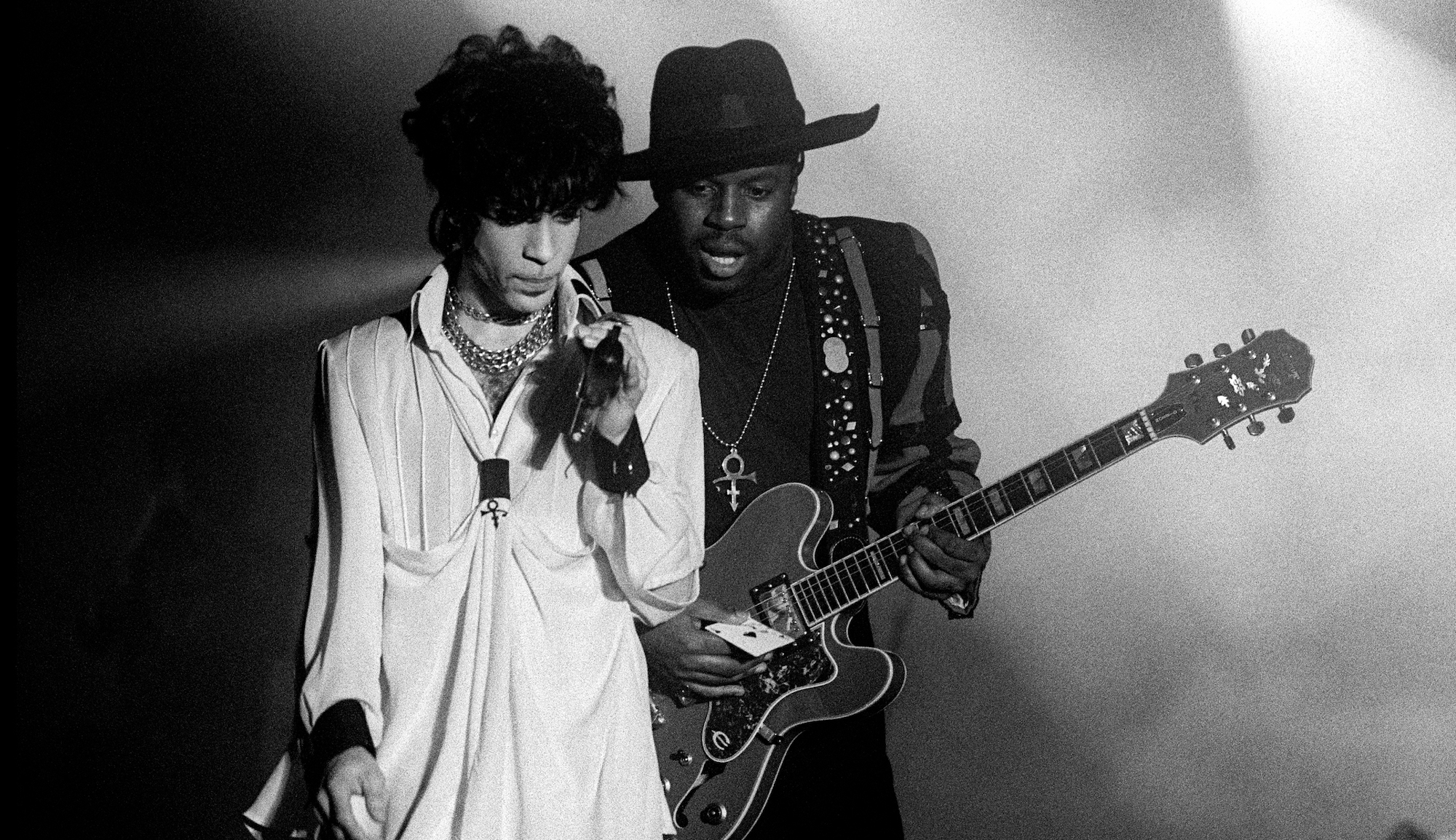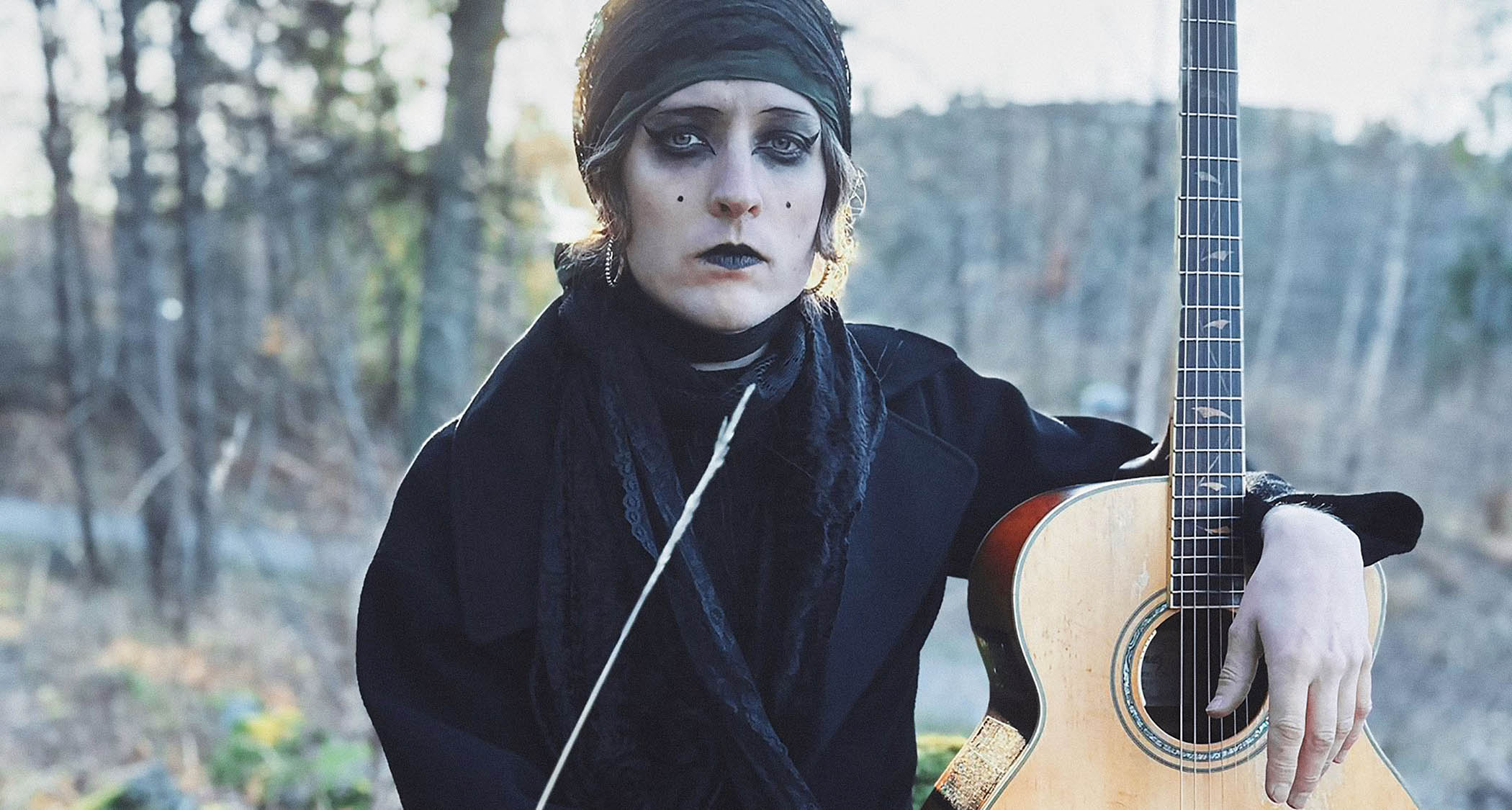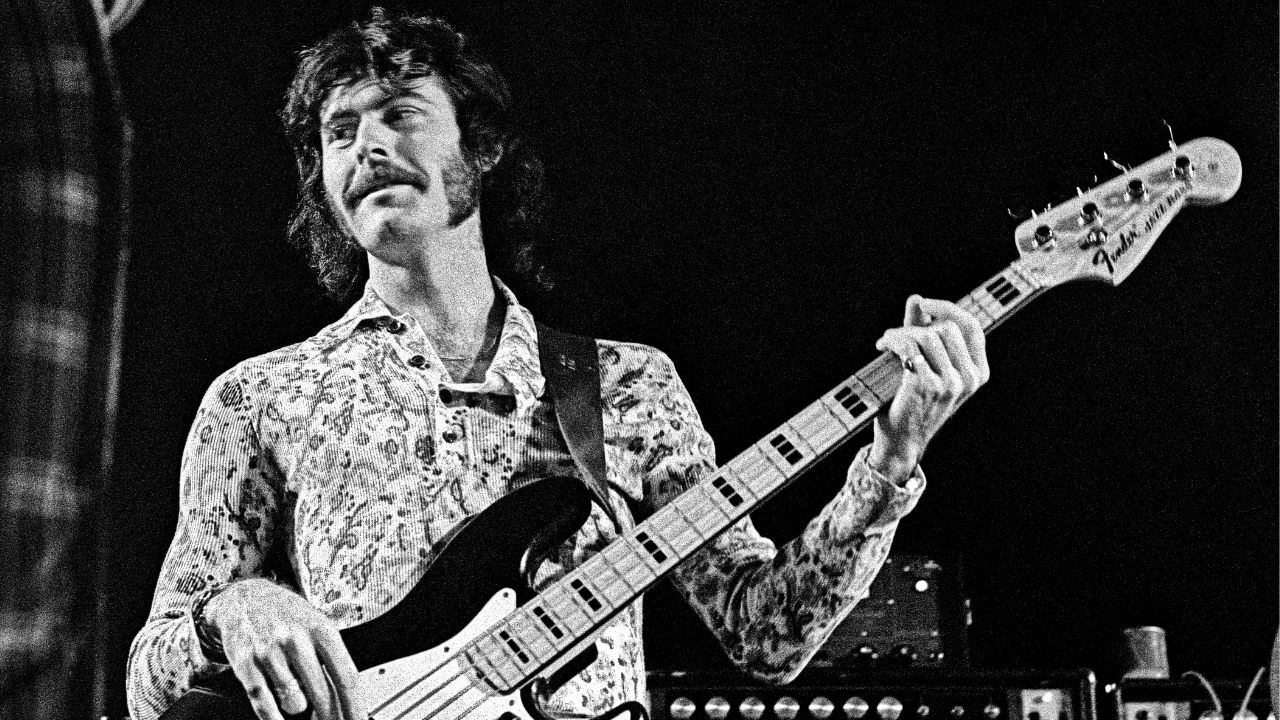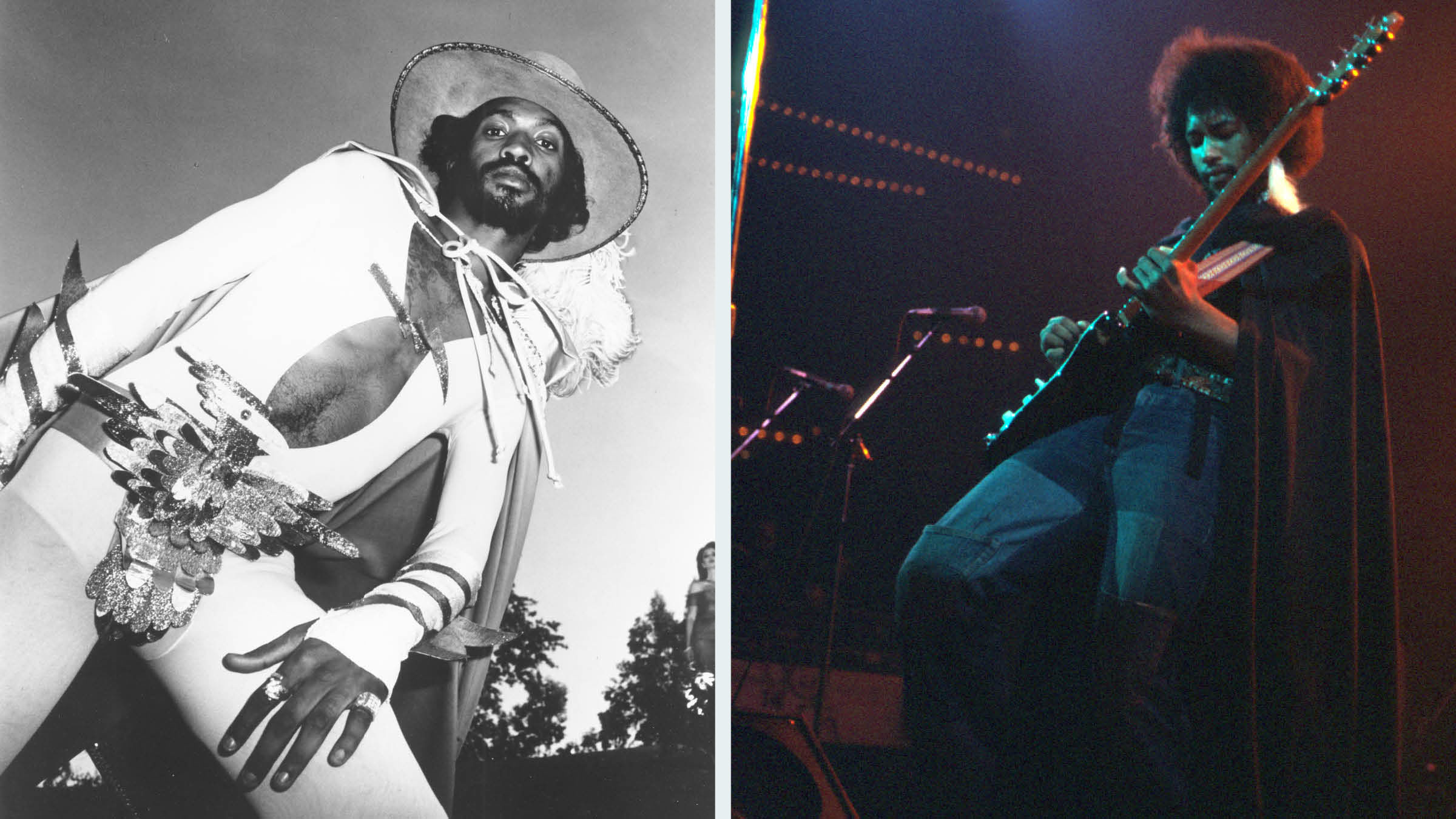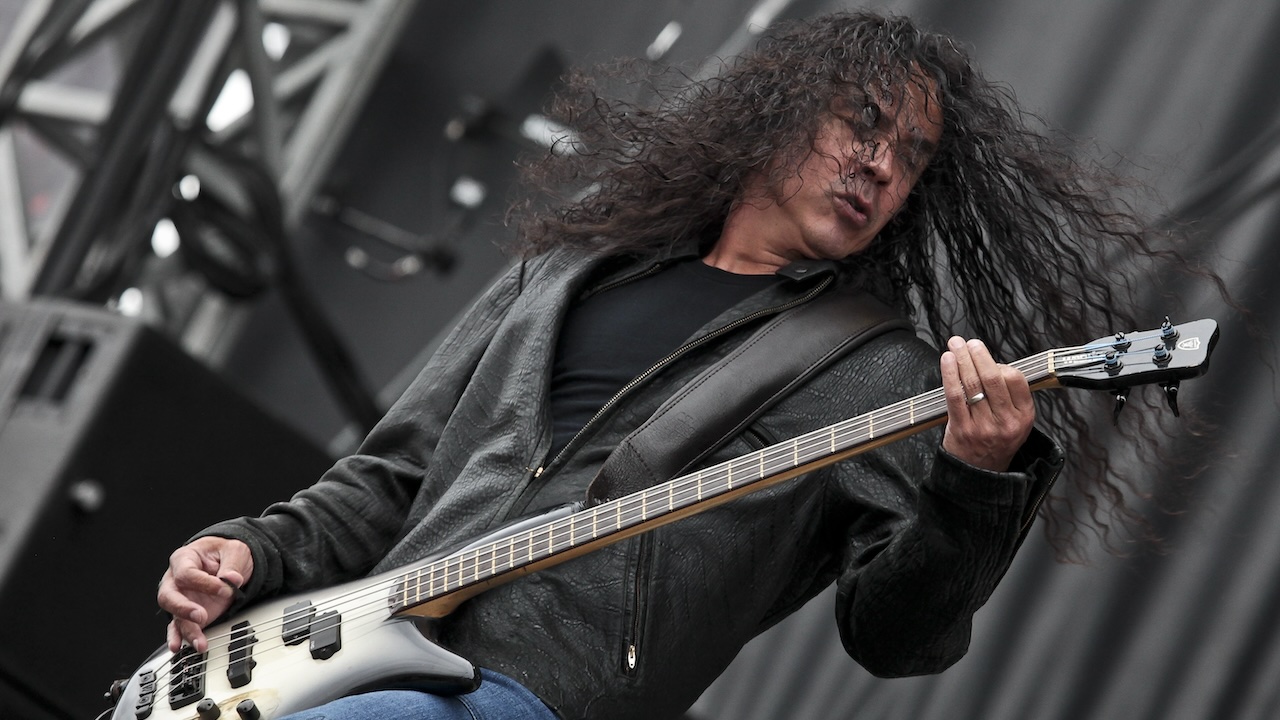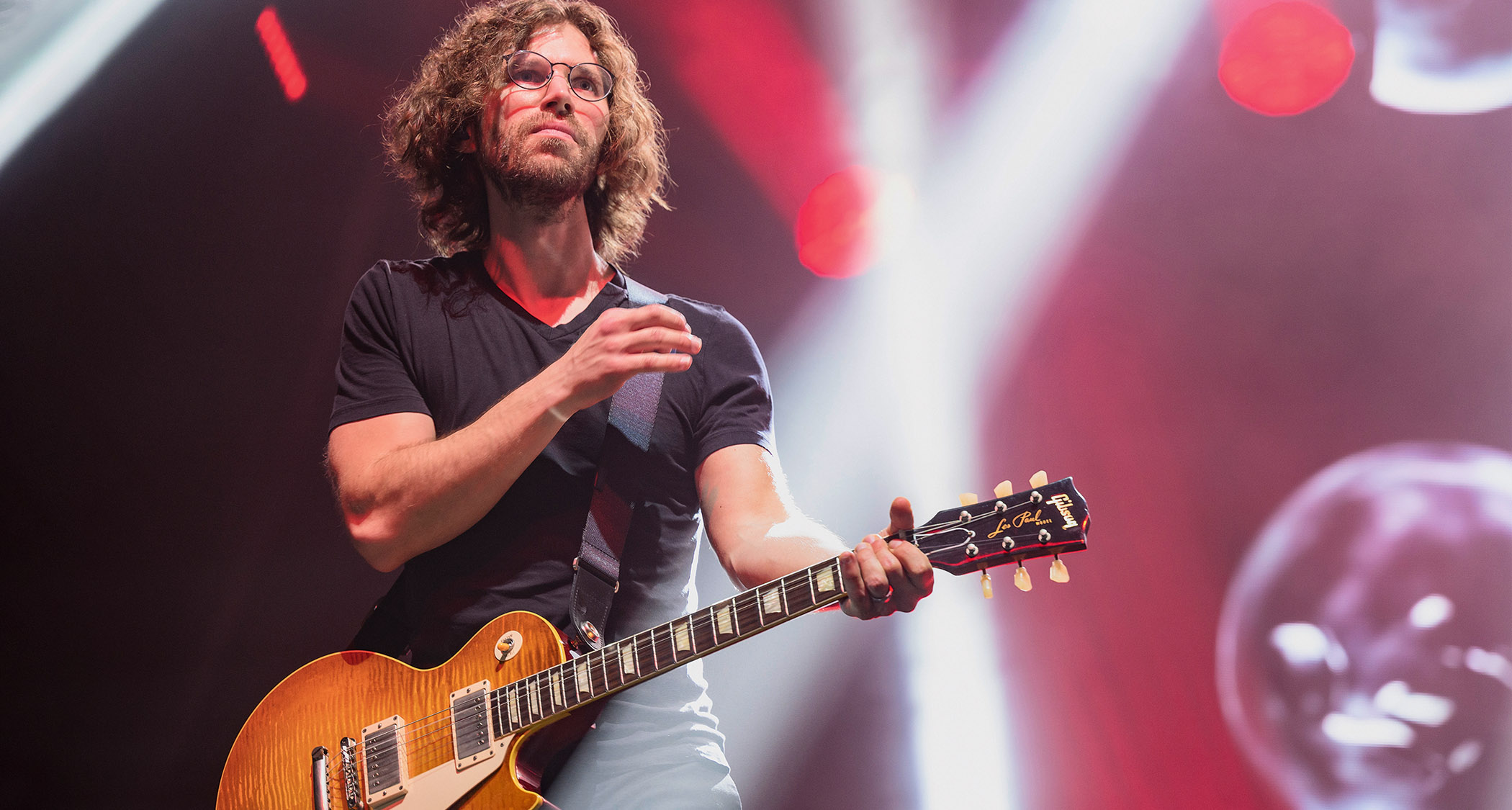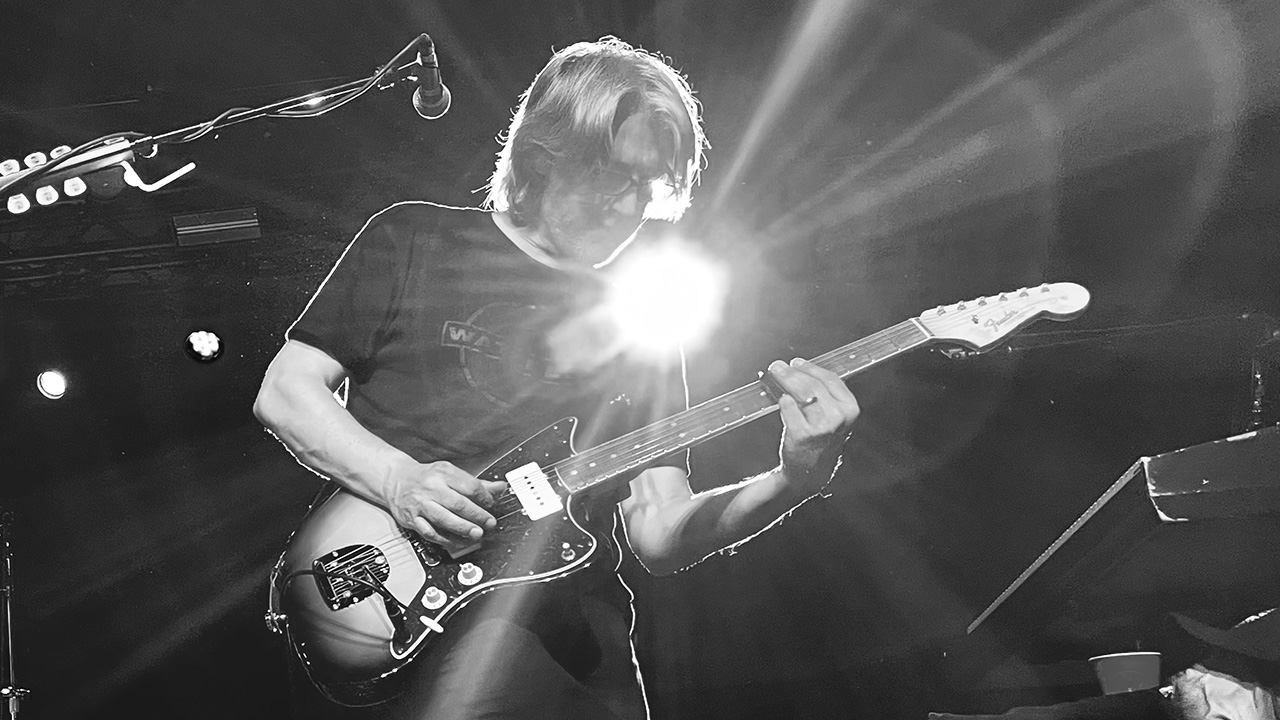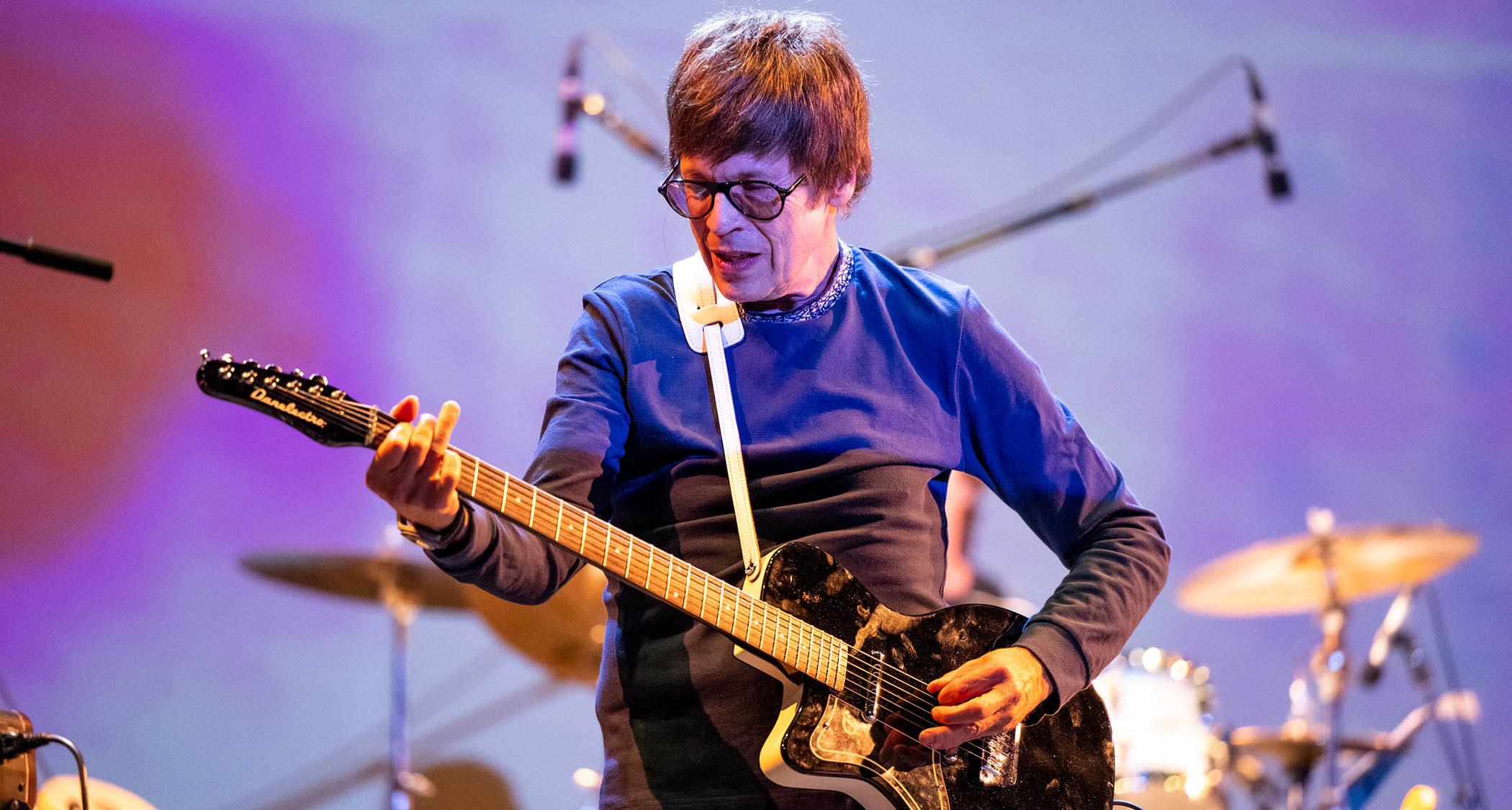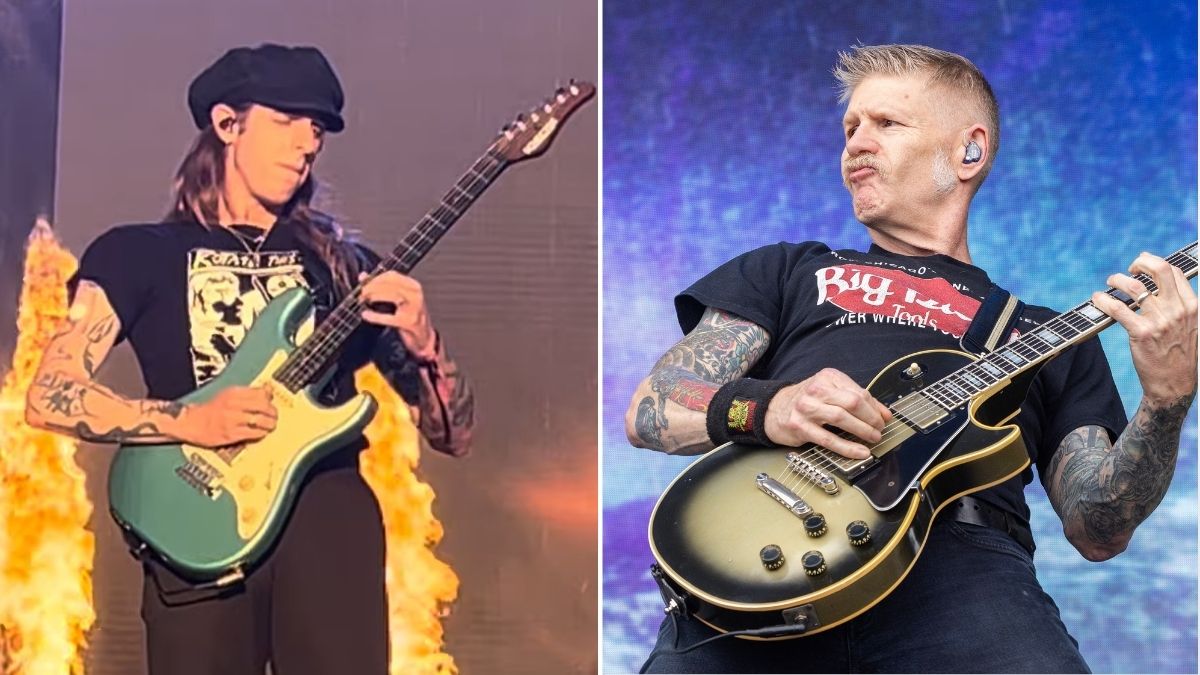“It sold for $937,000 to an anonymous buyer who, we assume, doesn't play punk rock for a living”: From Joe Strummer’s Tele to Johnny Ramone's Mosrite, here are the iconic guitars behind the sound of punk – and the modern-day equivalents you can buy today
The filth, the fury, and '80s Fernandes Strat copies – these guitars, amps, and effects defined the sound of some of rock's greatest, and most rebellious, bands
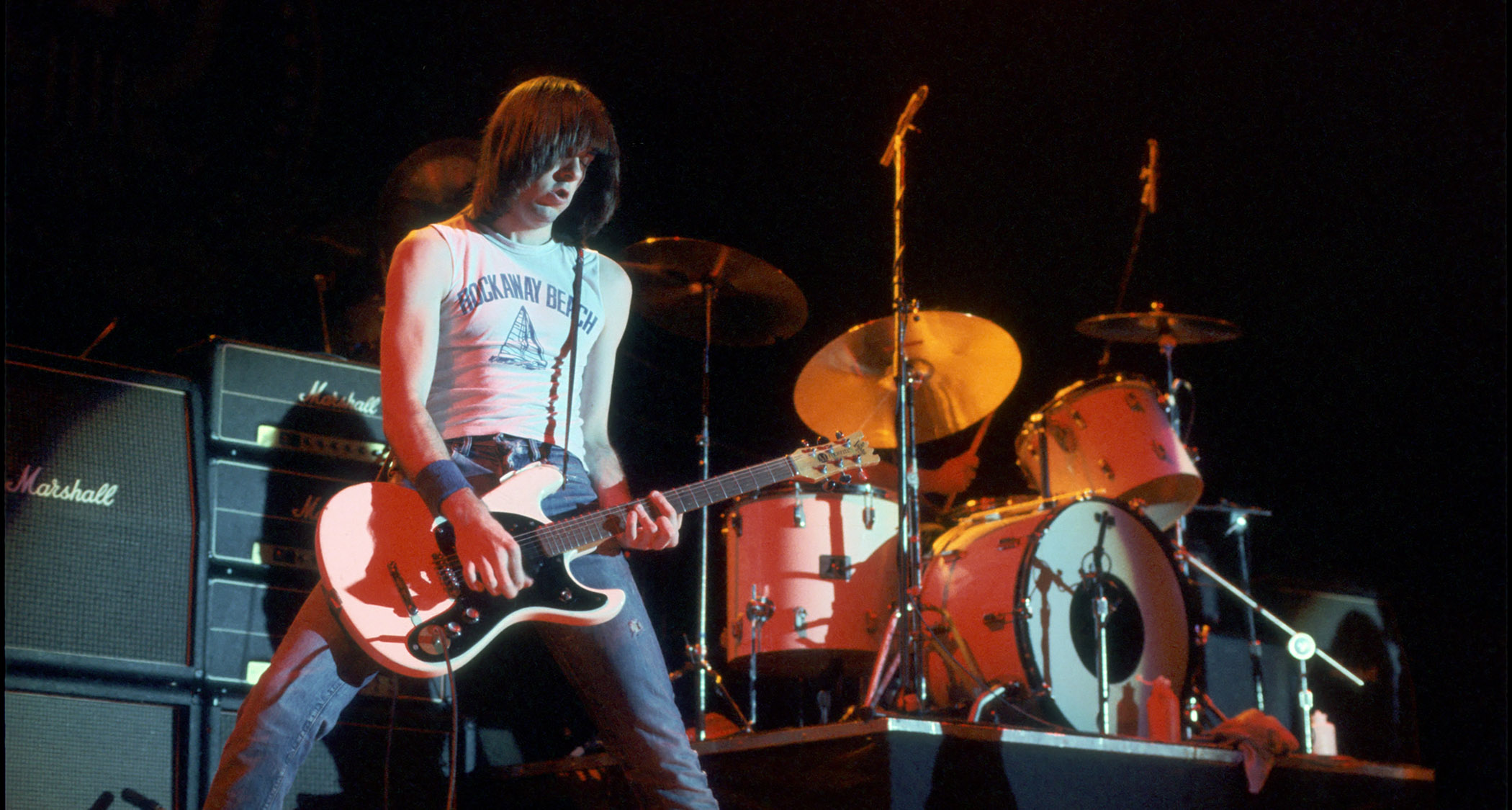
Here we take a look at the electric guitars, amps, and effects as used by punk’s greats. Back in the '70s these players embraced a DIY ‘make do and mend’ ethic...
And there was a lot of mending to do as players such as Steve Jones, Joe Strummer, and Johnny Ramone pushed their gear to the limit. We'll also recommend some contemporary punk guitars that you can pick up and use to make some noise of your own,.
1. Wayne Kramer’s Stratocaster
In the 1970s, poverty-stricken early punk innovator Wayne Kramer repainted his Strat metallic purple and sold it. The guitar has never been recovered, so hard info is scarce today.
The big headstock puts it no earlier than December 1965, and Kramer had it for the recording of the MC5’s Kick Out The Jams in October 1968.
In a bid to make his solos cut through, Kramer installed a humbucker (most likely a Gibson, given the era) in the middle, retaining the single coil Strat bridge pickup for his preferred rhythm tone. In the Vietnam era, the stars and stripes motif was Kramer’s own patriotic way of reclaiming the US flag from right wingers.
- Buying now? Fender did a run of Wayne Kramer Strats in 2011. Failing that, you’ll need to find a Strat with a middle pickup rout to install a PAF ’bucker.
2. Johnny Thunders’ 1960 Les Paul Junior
The New York Dolls were forerunners of punk and glam metal, and you can thank Thunders for the Junior’s subsequent appearances on records by The Clash and Green Day. Thunders started out playing a 1957 Les Paul Special with the neck pickup disconnected.
At a show with the Stooges in Memphis, Thunders hit the pickup selector, cutting out the sound. Thinking his guitar was broken, Thunders smashed it and incited a riot.
Get The Pick Newsletter
All the latest guitar news, interviews, lessons, reviews, deals and more, direct to your inbox!
On returning to New York, he purchased his TV yellow doublecut Junior which had no confusion-causing switches. He referred to it as an ‘automatic guitar’ because it was easy to use, like an automatic car.
- Buying now? The Harley Benton DC-Junior has all the right features, and even comes in TV yellow.
3. Johnny Ramone’s 1965 Mosrite Venture Model II
Johnny Ramone wanted something cheap and individual, and the Mosrite was perfect. They’re now highly collectible, as less than 150 of Ramone’s preferred slab-bodied variant were originally built, but at the time it was a junk shop special.
A 2021 auction catalog description of Ramone's #1 Mosrite said, “The fretboard shows an incredible amount of wear to the bass side of the higher register frets” from Ramone’s savage pick attack, and “extreme wear on the back of the neck from the first to 5th fret” from his constant powerchording. It sold for $937,000 to an anonymous buyer who, we would assume, does not play punk guitar for a living.
- Buying now? The Harley Benton MR-Classic gives much of the look and vibe of the original Mosrite.
4. Steve Jones’ 1974 Les Paul Custom
By his own account, the Sex Pistols’ Steve Jones, er, “borrowed” some of the gear he used in his early career, but this guitar was not misappropriated.
It had belonged to the New York Dolls’ Sylvain Sylvain, and some say that Malcolm McLaren took the guitar as payment for managing the Dolls, eventually passing it on to Steve.
Regardless, it wound up in Jones’ hands for the duration of the Sex Pistols’ career, before being stolen from him in 1978. Rumours flew about its whereabouts until May 2024, when it sold for a not-very-punk $390,000 at auction.
- Buying now? The Epiphone Les Paul Custom looks the part, but the Inspired by Gibson Custom version has Gibson specs, including an ebony fingerboard.
5. Joan Jett’s 1972 Gibson Les Paul Deluxe
The 17-year-old Joan Jett picked up a natural finish Deluxe on joining the Runaways, and wouldn’t get her better known Gibson Melody Maker until her solo career. The Deluxe’s mini-humbuckers are clearer and brighter than PAFs, and live footage frequently shows Jett using the neck pickup.
Although manager Kim Fowley called the Runaways “an all-girl answer to Grand Funk,” the group quickly became friends with the Ramones, the Damned, and the Sex Pistols, cementing their punk credibility.
Being a ’72, the Deluxe had a ‘pancake’ body, with a layer of maple sandwiched between two mahogany slabs in addition to the maple top, for greater rigidity.
- Buying now? Mini humbuckers are rare but will fit in P-90 routs, so something like the Harley Benton SC450 is ripe for modification.
6. Joe Strummer’s 1966 Telecaster
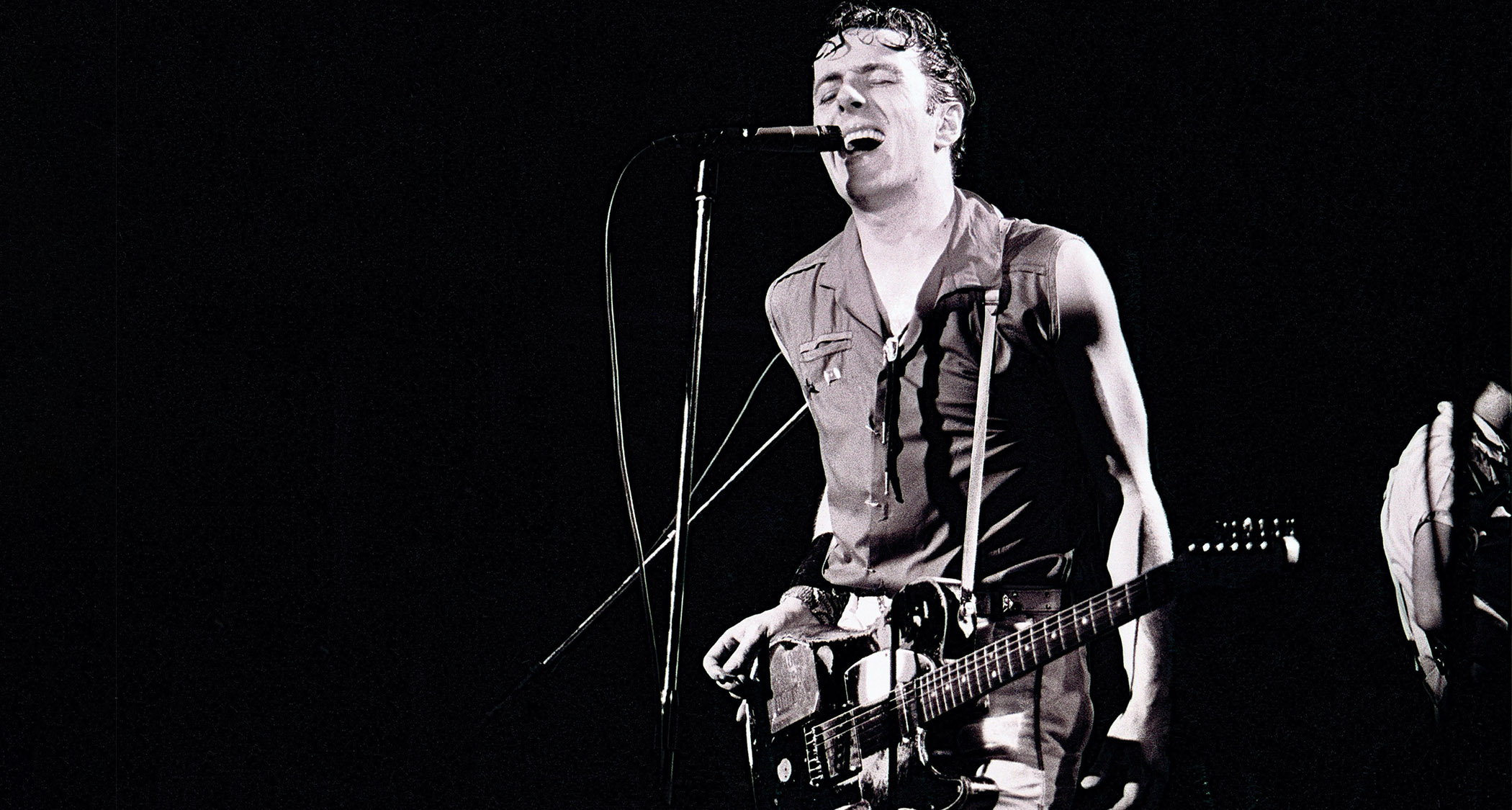
Strummer had this Sunburst model sprayed black and the bridge swapped to a six-saddle model for better intonation. The tuners were replaced with contemporary 70s models, too, but this was otherwise a stock 1966 Telecaster.
The tradition of adorning guitars with anti-establishment messages goes back at least to Woody Guthrie’s “This Machine Kills Fascists,” probably earlier, but Strummer popularized stickers in punk.
The ‘Ignore Alien Orders’ and ‘Trash City’ decals sat alongside ‘NOISE’ stencilled in white. There were raised eyebrows when Fender released a roadworn Joe Strummer Tele for £1,599, and a run of 75 masterbuilt replicas of his original for – gulp – $20,000.
- Buying now? The Squier Sonic Telecaster has the six-saddle bridge and comes in black. Job done.
7. Mick Jones’ 1958 Les Paul Standard
It might not seem very punk to play the world’s most collectible guitar, but when Jones picked up his ’58 the vintage market had not yet exploded, and they were much more akin to playing a ’90s Les Paul today.
The classic combination of Les Paul and Tele fuelled The Clash from London Calling onwards, although Jones played the majority of guitars on the band’s studio albums. And, though Jones is more associated with the Les Paul Custom because of its appearance in hit videos like Should I Stay Or Should I Go, it was the Standard on The Clash’s most important recordings.
- Buying now? Almost every budget brand has a singlecut option. The Vintage V100NB has no frills but solid quality.
8. Patti Smith’s Fender Duo-Sonic
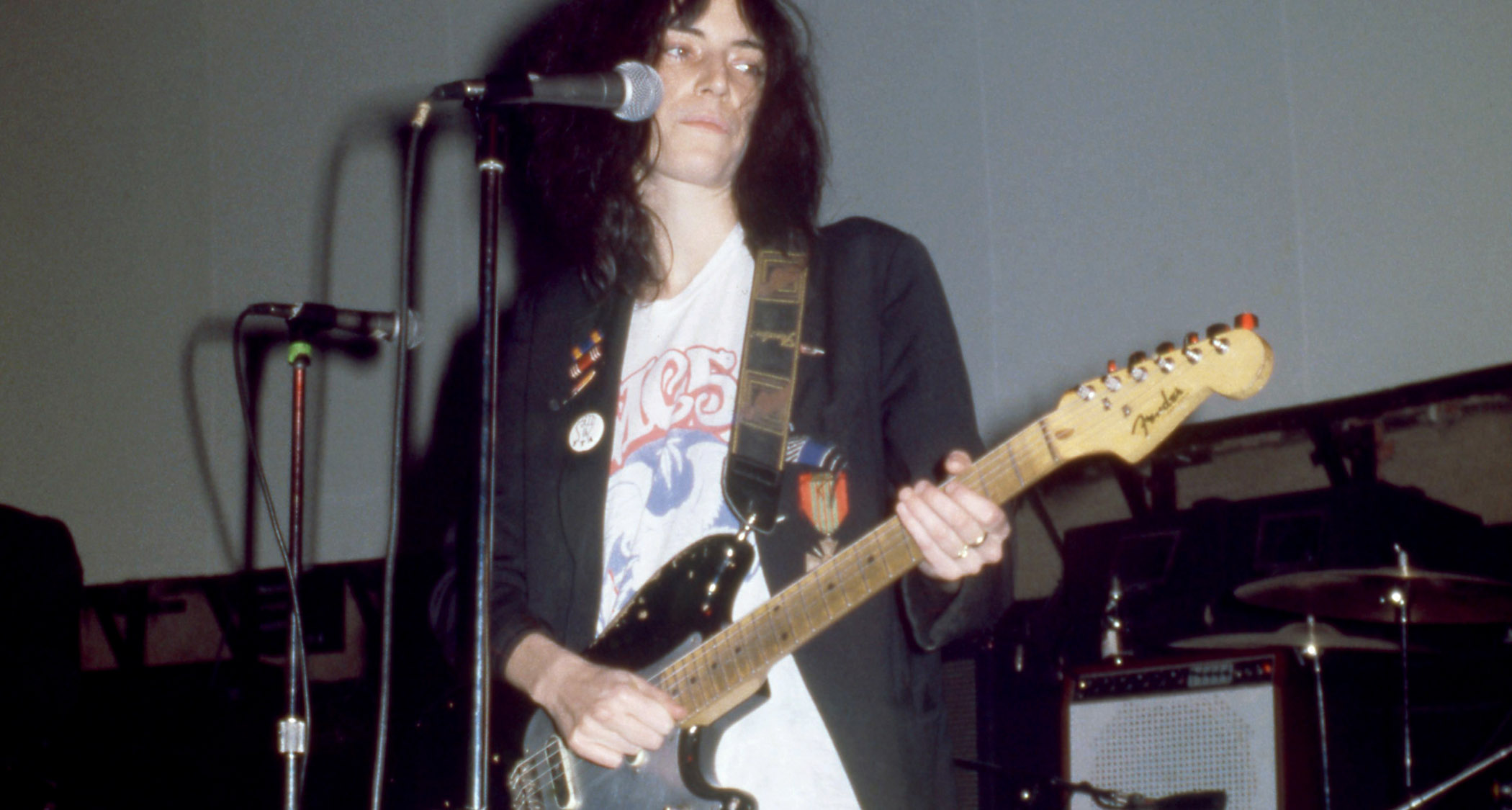
Patti Smith’s 1962 Sunburst Duo-Sonic was a gift to her from Television’s Tom Verlaine, who played it on Little Johnny Jewel. The Duo-Sonic was rumored to have belonged to Jimi Hendrix during his stint playing for the Isley Brothers after his original one was stolen – though its authenticity can’t be proven.
Smith is more frequently photographed with her other, black, Duo-Sonic, which has a pre-1959 maple fingerboard. The short 22.5” scale length gives it a spongier attack and deeper tone than a Strat. Smith refers to the Duo-Sonic in various lyrics and is credited on some of her albums specifically for Duo-Sonic guitar.
Buying now? Tough! Only the Fender Player Duo-Sonic comes close, and it’s based on the later 24” scale spec.
9. Greg Ginn’s Dan Armstrong Plexi Guitar
As Black Flag pushed punk’s evolution into hardcore, guitarist Greg Ginn looked for something unusual and came up with the Dan Armstrong Plexi guitar. He’s the reason Dave Grohl plays one – Grohl’s even touts a Black Flag sticker.
Ginn replaced the pickup with assorted humbuckers, frequently having trouble with them shorting out. Greg reputedly sweats like a beast, and the pickup was later sealed in a bid to prevent damage.
There were two Black Flag Plexis. One had the Black Flag logo taped on and was eventually sprayed black, while the other remained clear. Both were eventually stolen and remain missing.
- Buying now? Budget acrylic-bodied guitars appear frequently on eBay; we cannot attest to their quality!
10. Doyle Wolfgang Von Frankenstein’s Annihilator
Misfits guitarist Von Frankenstein drew this body design in high school, inspired by Batman, and then built it himself while working in a machine shop. He bought mahogany body wood from Paul Reed Smith and used a graphite neck-through design.
Rather than side dot markers, the frets are labelled with the names of the E-string notes. Although there’s a Floyd Rose bridge, it’s modified to be a hardtail, and Doyle even wound the pickup himself to his own spec. After a brief partnership with Oktober Guitars, Dean now makes a replica for an eye-watering $9,999.
- Buying now? Nope! Your best bet may be the Ibanez Iceman as played by Doyle before he built the Annihilator.
11. Billie Joe Armstrong’s Fernandes Blue
Billie Joe got his 1980s Fernandes Strat copy for his 10th birthday and it has been his favorite ever since. Only the bridge pickup is connected. On Dookie it featured a Bill Lawrence dual blade humbucker, but this died in an epic mudfight at Woodstock ’94.
The guitar has housed a Seymour Duncan JB SH-4 since then. The body is probably made from reclaimed bowling alley wood – Fernandes built many of its 80s guitars this way, pancaking silver heart planks together to get the required thickness. Blue has probably been seen by more people than any guitar in the history of punk.
- Buying now? If you’re beset by brand loyalty, you could track down a new Fernandes RT model. An HSS Fender Strat will be easier to locate on these shores though.
12. Tom DeLonge’s 1994 Fender Stratocaster
DeLonge’s original Strat is an Olympic White USA 40th Anniversary model, covered – of course – in stickers. Tom has always used the hottest pickups he can find.
He originally fitted this with a Duncan Hot Rails and JB Jr in the neck and middle, and an angled DiMarzio X2N. In 1997, the JB Jr was swapped for a Lil Screamin’ Demon and the X2N became a Duncan Invader.
The guitar stayed in this form for Dude Ranch and the band’s breakthrough, Enema Of The State. As Blink-182 exploded, Fender custom built DeLonge five single-pickup Strats in various colours, each with a single Invader pickup.
- Buying now? The Squier Sonic Stratocaster HT H has a single humbucker, fixed bridge, and bright colors and is ripe for stickering.
Punk rock: the amps
Fender
Steve Jones recorded Never Mind The Bollocks with a Fender Twin Reverb using his ‘magic settings’ – everything on 10. It was also Joe Strummer’s amp of choice for London Calling.
The Dead Kennedys’ East Bay Ray recorded his parts for their seminal debut, Fresh Fruits For Rotting Vegetables, using a Fender Super Reverb he’d modded himself.
Marshall
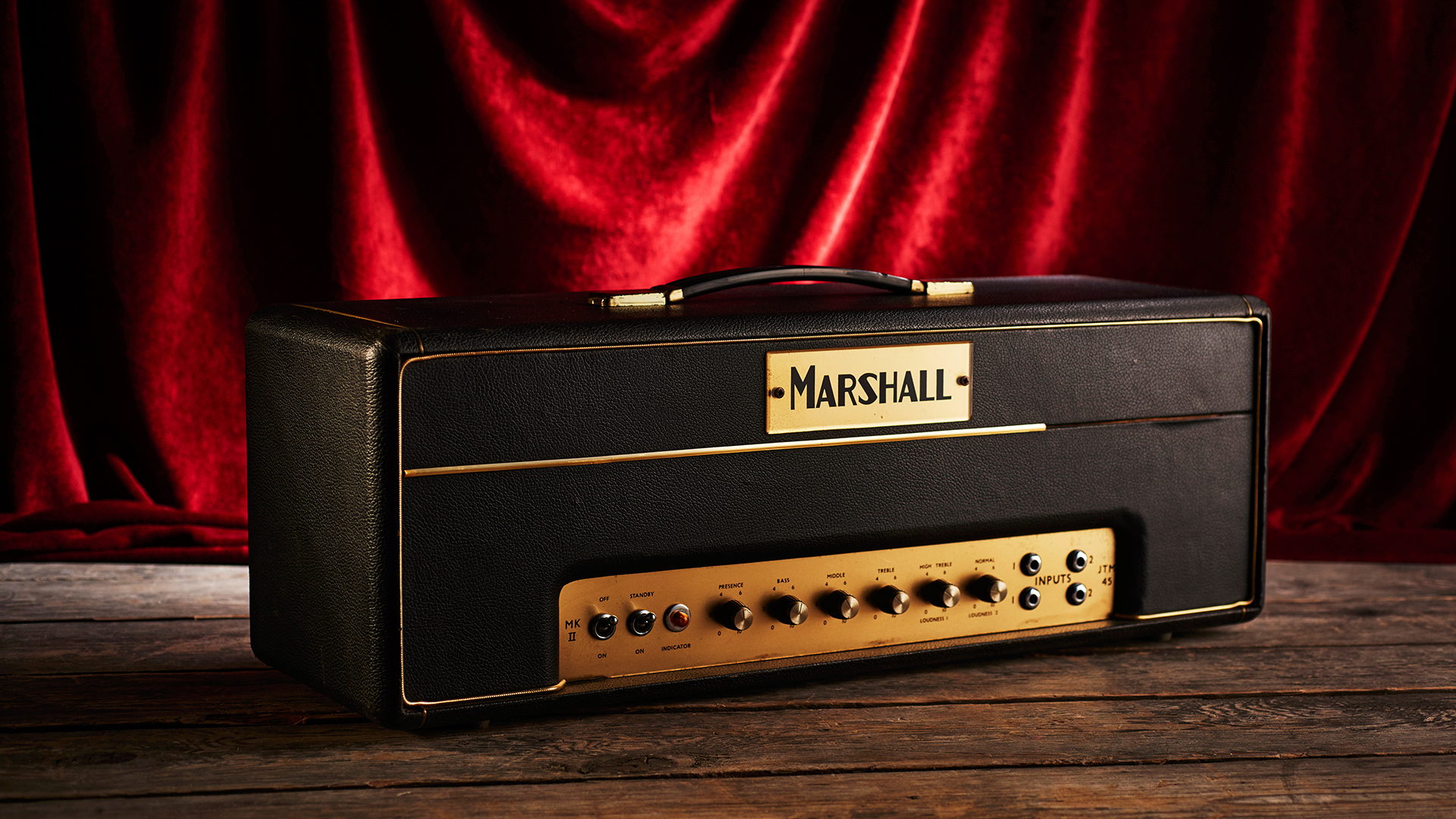
Historically, this is probably the punk amp brand. Johnny Ramone bought three in 1976, along with six 4x12 cabinets, all of which he ran simultaneously.
Steve Jones toured with a 100-watt Super Lead during the Pistols’ original run. Minor Threat and their early 80s contemporaries leaned hard on the JCM800, and Green Day’s Dookie was recorded with a 1959SLP.
Vox

Vox amps, widely available in the UK, were unsurprisingly grabbed by many young punks. Most notably, The Clash’s debut album tone is defined by the AC30. The Stranglers’ Hugh Cornwell has used them for his entire career, only recently resorting to the Fender Blues DeVille as an emergency backup.
Mesa/Boogie
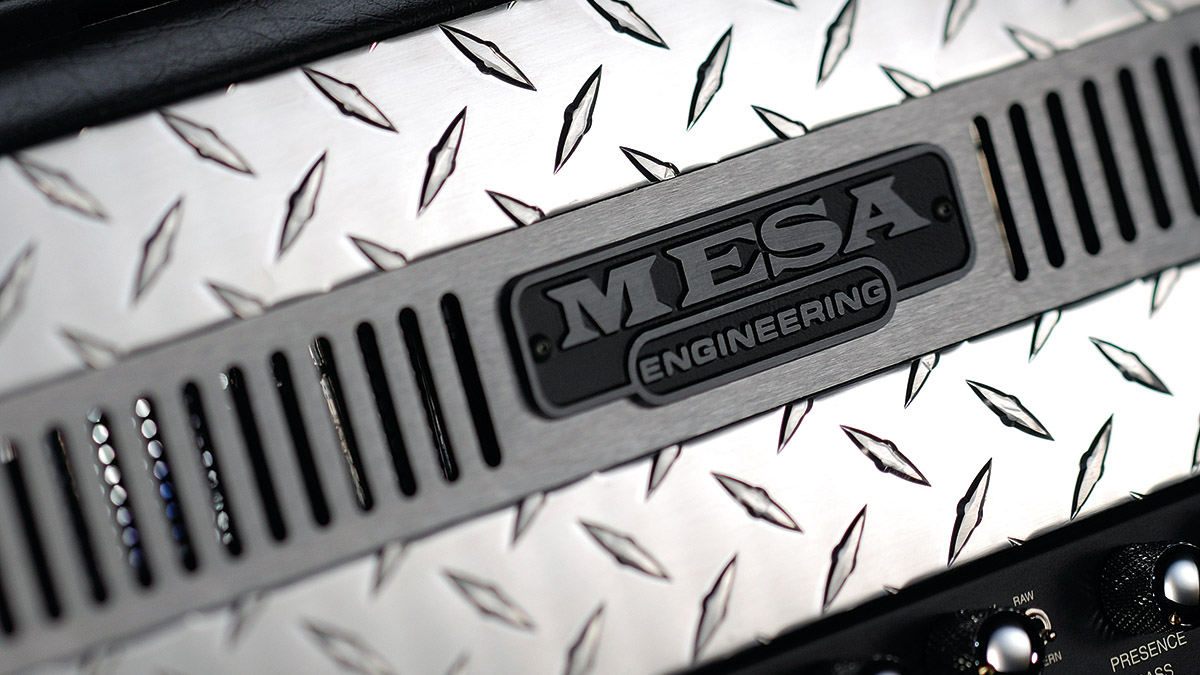
The Clash’s Mick Jones was an early adopter of Mesa/Boogie, using MkI and MkII models paired with Marshall cabs from London Calling onwards.
Pop-punk loved Boogie too. The Offspring and NOFX used the Mk IV. Tom DeLonge ran his Triple Rectifier alongside a Marshall JCM900, with the 900 on the clean channel, gain on 10.
Solid-state amps
Solid State goes right to the roots of punk. The Stooges’ Ron Asheton used the transistor-powered Vox Super Beatle. Wilko Johnson was an early HH IC100-S user, as were The Clash, Bauhaus, The Buzzcocks, and The Skids, too.
Early on, Johnny Ramone used an Electro-Harmonix Mike Matthews Freedom Solid State amp until his budget permitted that wall of Marshalls. Hüsker Dü’s Bob Mould gigged Yamaha G100 and Roland JC-120 heads.
The brittle and cutting tones of post-punk were an ideal home for solid-state gear. In Siouxsie and the Banshees, John McGeoch used one with the chorus on all the time, alongside two 50-watt Marshall JMP combos, one clean and one dirty. Gang Of Four’s Andy Gill proudly used an early 80s Carlsbro 2x12.
Pedal power: Essential effects for punk
Modulation
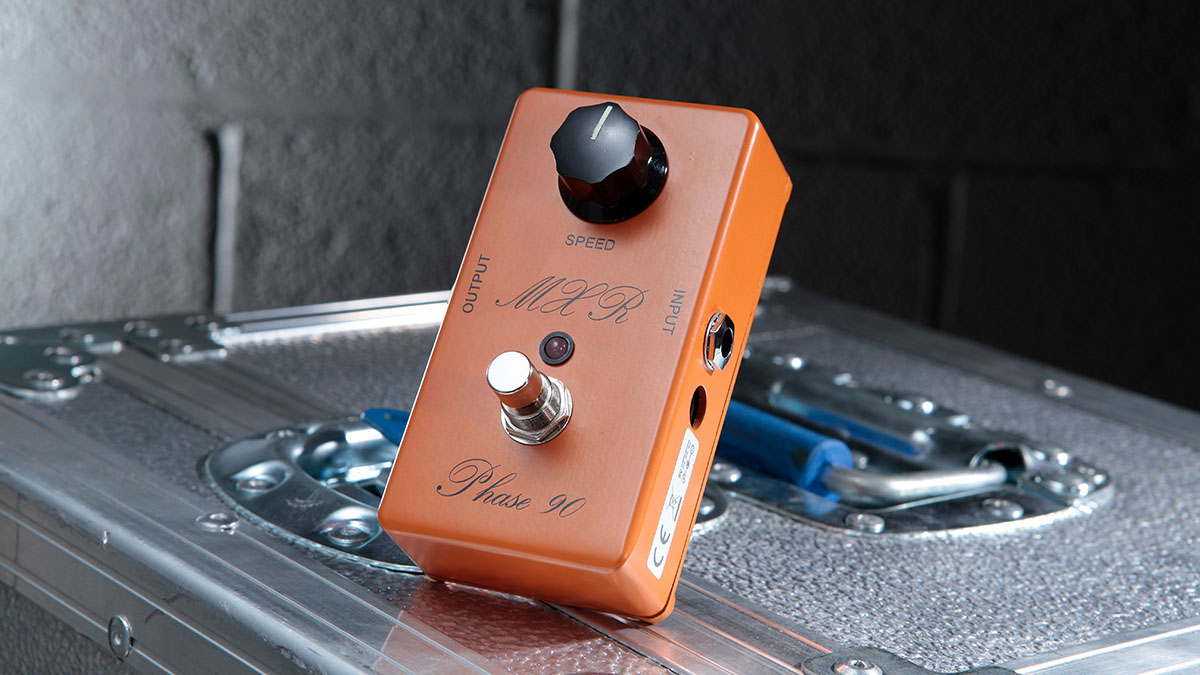
Punk is not about brand loyalty, but you may spot a pattern here... Mick Jones originally employed an MXR Phase 90 before moving on to the Phase 100 for London Calling.
Steve Jones similarly employed MXR phasers on Anarchy.... Dr. Know/Gary Miller was an MXR devotee for reggae parts, and, in Magazine, John McGeoch used MXR M117R flangers.
Delay/echo
After modulation, a good tape or analog delay is the next most common punk accessory. Mick Jones used a Roland RE-201 Space Echo on Train In Vain and its successor, the RE-301 Chorus Echo, on Lost In The Supermarket.
The Echoplex, meanwhile, was part of the Dead Kennedys’ sound, heard most prominently on The Man With The Dogs and Holiday In Cambodia.
Compression
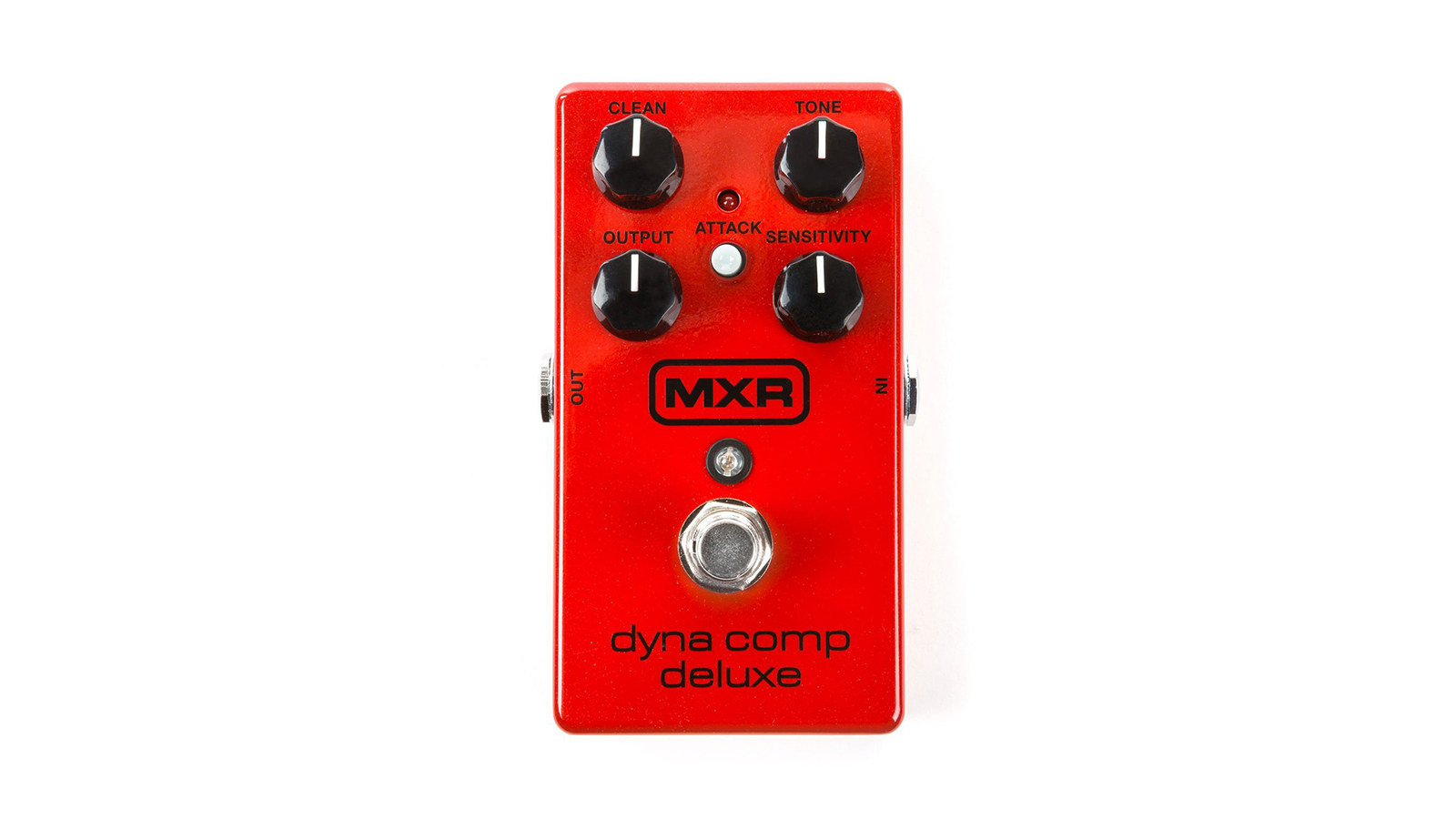
These crop up more frequently than you might expect, particularly in the spiky cleans of post-punk. David Byrne and John McGeoch favoured the MXR Dyna Comp, while the Boss CS-3 is used by East Bay Ray and Blondie’s Chris Stein.
Jenna writes for Total Guitar and Guitar World, and is the former classic rock columnist for Guitar Techniques. She studied with Guthrie Govan at BIMM, and has taught guitar for 15 years. She's toured in 10 countries and played on a Top 10 album (in Sweden).
“It excels, positively stuns, at summoning the tight, immediate and percussive guitar tones of modern metal”: Fortin Meshuggah Preamp/Distortion pedal review
"With a rugged build and more gain than should be legal, this pedal is a must-have for any metal guitarist looking to chug": Solar Chug Lite high-gain distortion pedal review







